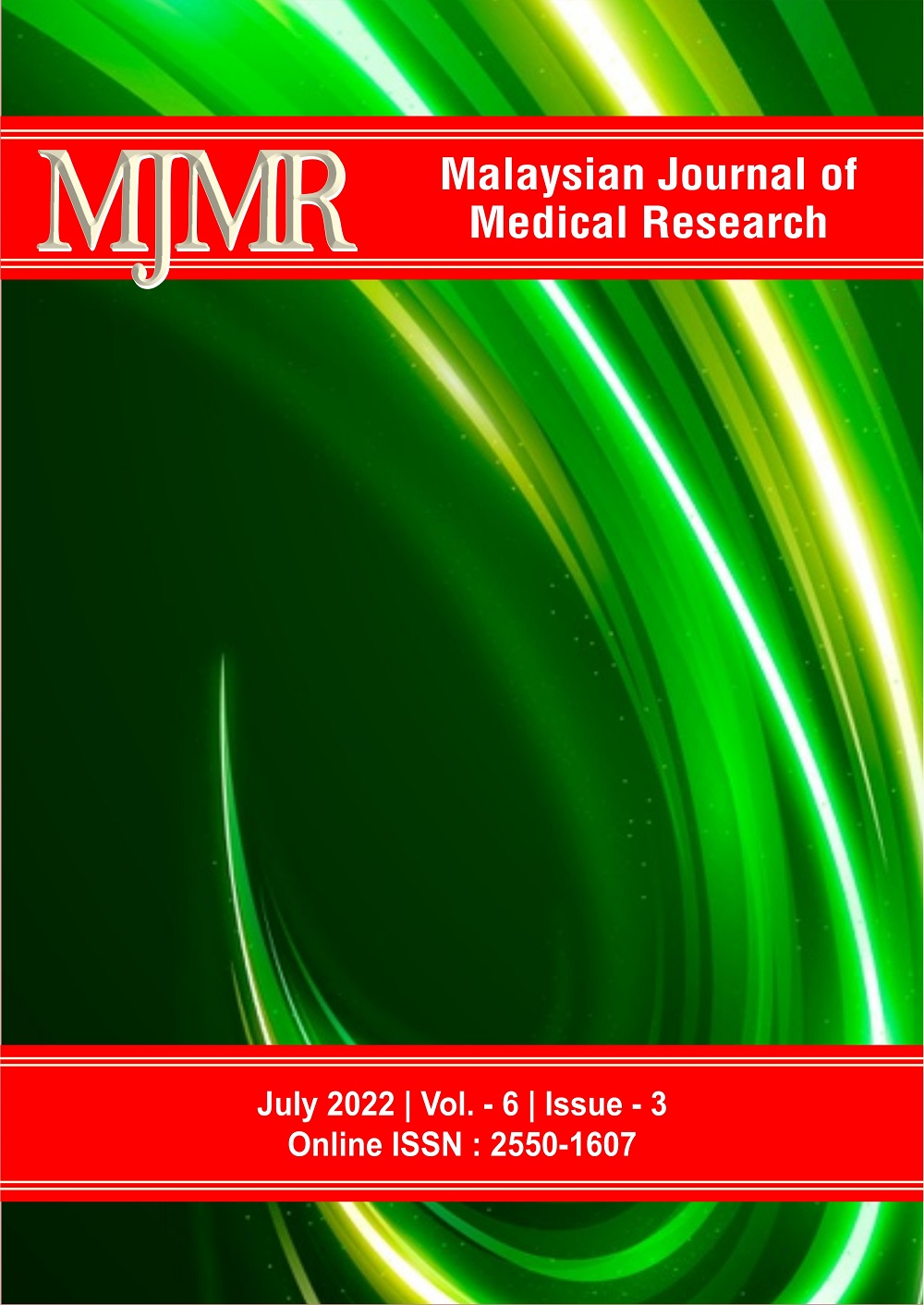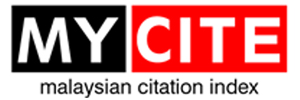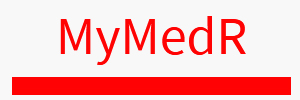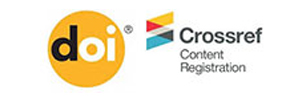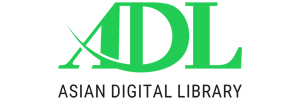Analysis of The Situation of Undernutrition and Malnutrition on Toddlers
DOI:
https://doi.org/10.31674/mjmr.2022.v6i03.001Abstract
Children under five years are vulnerable to health and nutrition problems. The first two years period of life is a critical phase because of the growth and development of the children during this period. The purpose of this study is to analyze the situation of malnutrition in toddlers in nutritionally vulnerable districts. This study is a descriptive study using a cross-sectional approach. There are 10 respondents from Puton Village, Diwek District, and Jombang Regency as the samples of the study. The data was collected from August until September 6, 2019. The samples were collected by using a total sampling method. The dependent variables in this study are nutritional knowledge, infectious disease, and eating habits. Meanwhile, the independent variables are undernutrition and malnutrition. The data were analyzed using Chi-Square. The results of the study showed that the most influential factors in the occurrence of undernutrition and malnutrition were almost entirely (76%) influenced by eating habits, very few (15%) influenced by nutritional knowledge, and very little (9%) influenced by infectious diseases. Problem-solving in nutrition programs must be developed innovatively at the regency level with indirect intervention at the regency level, through strengthening the health and nutrition system by involving the community, local government, and related sectors.
Keywords:
Situation of Undernutrition, Malnutrition, ToddlersDownloads
References
Daly, A., Pollard, C. M., Phillips, M., & Binns, C. W. (2014). Benefits, barriers and enablers of breastfeeding: factor analysis of population perceptions in Western Australia. PLoS One, 9(2), e88204. https://doi.org/10.1371/journal.pone.0088204
Fauziah, L. (2016). Faktor Risiko Kejadian Gizi Kurang Pada Balita Usia 24-59 Bulan Di Kelurahan Taipa Kota Palu. Preventif: Jurnal Kesehatan Masyarakat, 7(2), 6-6.
Kalsum, U., & Jahari, A. B. (2015). Strategi menurunkan prevalensi gizi kurang pada balita di Provinsi Jambi. JAMBI MEDICAL JOURNAL" Jurnal Kedokteran dan Kesehatan", 3(1). https://doi.org/10.22437/jmj.v3i1.2719
Komaruddin, W. N., Juffrie, M., Pusponegoro, H., Astuti, I., Patria, S. Y., & Mardhiyah, D. (2019). Dietary Diversity and Stunting Among 6-23 Months Children: Community Cross-Sectional Study in East Jakarta. Malaysian Journal of Medical Research (MJMR), 3(3), 14-20. https://doi.org/10.31674/mjmr.2019.v03i03.003
Levy, A., Fraser, D., Rosen, S. D., Dagan, R., Deckelbaum, R. J., Coles, C., & Naggan, L. (2005). Anemia as a risk factor for infectious diseases in infants and toddlers: results from a prospective study. European Journal of Epidemiology, 20(3), 277–284. https://doi.org/10.1007/s10654-004-6515-6
Lia Herliana, & Yanti Cahyati. (2019). Hyperbilirubinemia in The Neonatal Period Related To The Development Of Toddlers. Malaysian Journal of Medical Research (MJMR), 3(1), 55-59. https://doi.org/10.31674/mjmr.2019.v03i01.008
Mubarak (2018). Analisis Faktor yang Berhubungan dengan Status Gizi Anak Balita di Wilayah Pesisir Kecamatan Soropia, Volume 5(2)
Maidelwita, Y. (2019). Risk Factors for Malnutrition of Children Under Five Years Old on the Area of Nanggalo Public Health Center Padang West Sumatera. Malaysian Journal of Medical Research (MJMR), 3(1), 10-17. https://doi.org/10.31674/mjmr.2019.v03i01.003
Susanti, E. M., Handayani, O. W. K., & Raharjo, B. B. (2017). Implementasi Penatalaksanaan Kasus Gizi Buruk Di Wilayah Kerja Puskesmas Cilacap Utara I. Unnes Journal of Public Health, 6(1), 47-52. https://doi.org/10.15294/ujph.v6i1.11726
Ratnawati, M., Lestari, R. H., & Ningtyas, S. F. (2018). An Analysis of The Improvement of Nutritional Status Among Toddlers Due to Nutrition Recovery Parks. The Malaysian Journal of Nursing (MJN), 10(2), 96-99. https://doi.org/10.31674/mjn.2018.v10i02.011
Published
How to Cite
Issue
Section
License
Copyright (c) 2022 Malaysian Journal of Medical Research (MJMR)

This work is licensed under a Creative Commons Attribution-NonCommercial-NoDerivatives 4.0 International License.

